Jungle Babbler (Turdoides striata) Pictures and Detail (Angry Bird)
 |
| Close up of A Jungle Babbler |
Jungle Babbler (Turdoides striata) Pictures and Detail
(Click to Tweet)I have grown up with these birds and the main thing about these birds is that they are commonly found in the group and make lots of noise. The scientific name of Jungle Babbler is Turdoides Striata and one of the common Indian names is Seven Brothers or Seven Sisters. This bird also looks like Angry Bird from the famous cartoon series based on birds. It looks that the cartoonist got the inspiration from Jungle babbler for a few bird characters.
Buy Kiss-cut Stickers of Jungle Babbler Bird
You have two options for buying the stickers of Jungle Babbler, Transparent or white background. Jungle Babler Stickers are available in sizes of 2 x 2, 3 x 3, 4 x 4 and 6 x 6 inches. Click to Buy Jungle Babbler Stickers
 |
| Jungle Babbler with catch sticker |
These jungle babbler stickers are also available in white and transparent background and in four sizes of each type.
We call them Jungle Babblers; however, I have mostly found them in cities despite the use of jungle word in their name. It looks like they have adapted well for city life whereas common babblers, the other species of them are not that common and I got their pictures by visiting the nearby village. Mostly people love these birds because we commonly find them dancing around us in groups.
The bird family of these birds is Leiothrichidae and these birds are very common in the Indian Subcontinent. We can see them in forests, gardens and residential areas. I have become quite familiar with these birds and can easily recognize them by their noise. We can recognise them well before their appearance because of their noising nature. The noise they make is because of their sharp and high pitch calls which they make to each other so they can remain in touch with each other. Jungle Babblers provides a great example of team work because of their coordinated effort.
 |
| A Jungle Babbler Sitting on a Branch of Guava Tree |
Jungle Babblers have short wings; therefore, they have a short flight. The Jungle Babblers which are found in urban parts are slightly bigger than Jungle Babblers found in non-urban areas. By looking at the current pollution of the Jungle Babblers, it looks that they are on the safe side and presently, there is no threat to them.
In India, anyone can easily notice these birds if he puts some attention on birds around. It is easy to feed these birds because they love to eat leftovers or fresh food given to them. I have enjoyed a good relationship with them so far and they come very near to me. I have always found Jungle Babblers around me where ever I have lived.
 |
| Baby Jungle Babbler |
 |
| Jungle babbler from Backside |
We can learn a few lessons of socialization from Jungle Babbler because they always stay in a group and never leave their group.
 |
| Side View of a Jungle Babbler |
I have found a great ability in Jungle Babbler birds to communicate with you and you can do the same if you show some patience. I hope that with these pictures of Jungle Babbler and information, you can easily recognize this bird.
 |
| Two baby Jungle Babblers |
 |
| Jungle Babblers |
 |
| Jungle Babbler |
How the nest of the Jungle Babbler looks like? - I love Jungle babbler birds because I find them very cute and alive. With time, I am getting more chances to see their life in more detail. Recently, I got a chance to see their nest made at the top of a medium tree. Inside, the nest I aslo find the Jungle babbler bird. There nest is very simple and it is made up of dry grass. They defend very aggressively their nest.
Here are some unique points about the Jungle Babbler:
Social Behavior: The Jungle Babbler is known for its highly social behaviour. It lives in large groups called "troops" or "gangs" that can consist of several individuals. These troops engage in cooperative breeding and foraging, where all members of the group work together to find food and protect each other.
Vocalization: Jungle Babblers are very vocal birds and have a wide range of calls and songs. They communicate with each other using various vocalizations, including whistles, trills, and chattering sounds. Their vocalizations are often heard throughout the day, especially during morning and evening hours.
Appearance: The Jungle Babbler has a unique appearance with a brownish overall plumage. It has a long, graduated tail and a curved bill. The bird has a streaked pattern on its throat and breast, which distinguishes it from other babbler species.
Habitat: This bird species is primarily found in dense forests, scrublands, and woodland areas of the Indian subcontinent. It is well adapted to living in a variety of habitats, including urban areas, gardens, and agricultural lands.
Feeding Habits: Jungle Babblers are omnivorous and have a varied diet. They feed on insects, small invertebrates, seeds, fruits, nectar, and even human leftovers. They forage on the ground and in low vegetation, using their bills to search for food.
Breeding: Jungle Babblers breed cooperatively within their groups. They construct large, communal nests made of twigs, leaves, and grass. Multiple females within the group lay eggs in the same nest, and all members of the group participate in incubating the eggs and raising the chicks.
Intelligent and Adaptive: Jungle Babblers are known for their intelligence and adaptability. They can quickly adjust to changing environments and are often found exploring new areas in search of food. They have also been observed using tools, such as sticks, to extract insects from tree bark.
The Jungle Babbler's social behaviour, vocalizations, and adaptability make it an interesting and unique bird species to observe in its native habitat.
Jungle Babbler Pictures Video Presentation-
Photography Credit Arvindkatoch's Photography








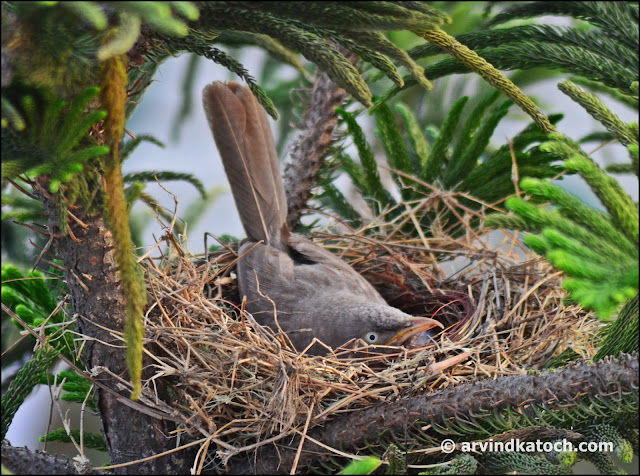
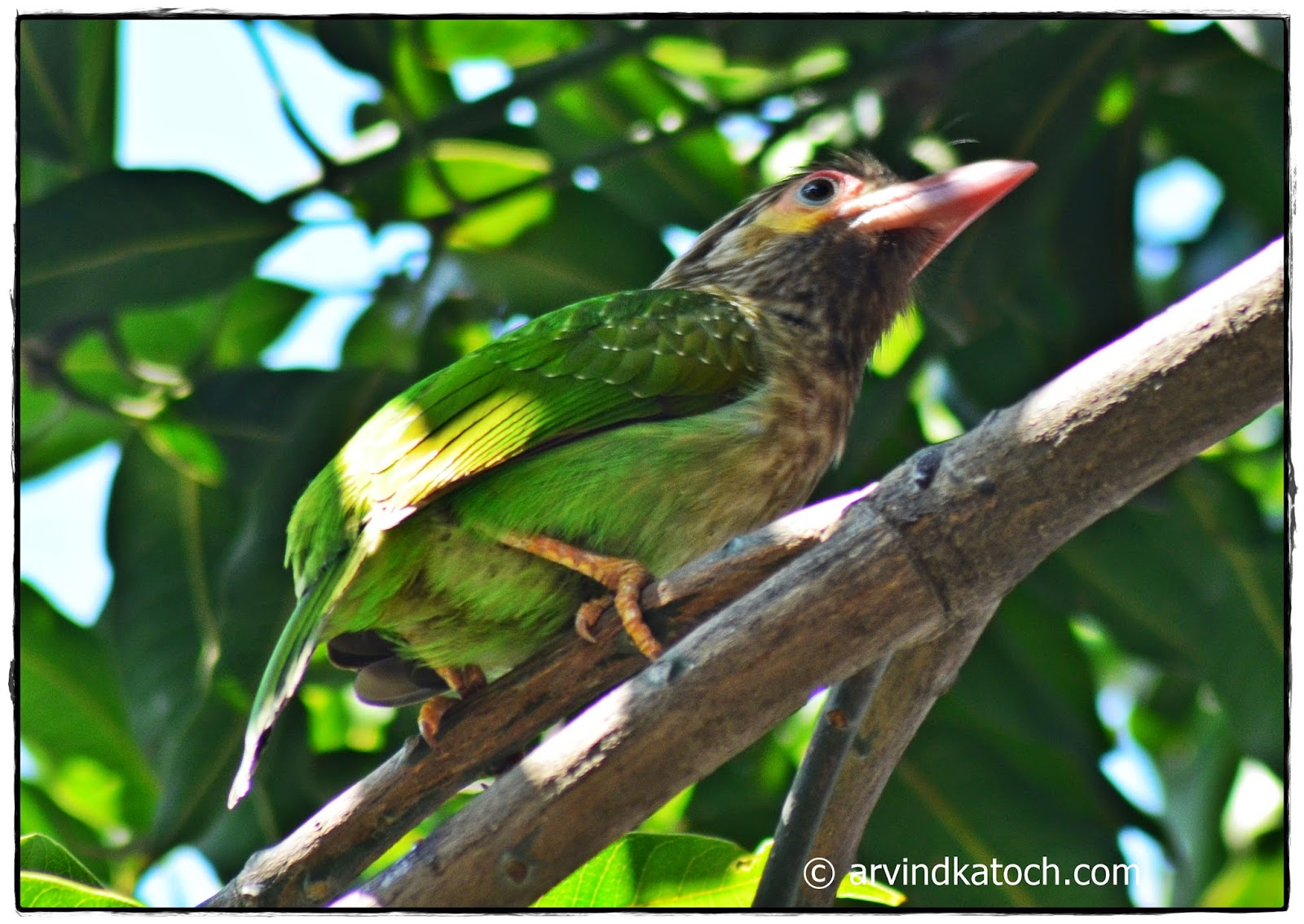
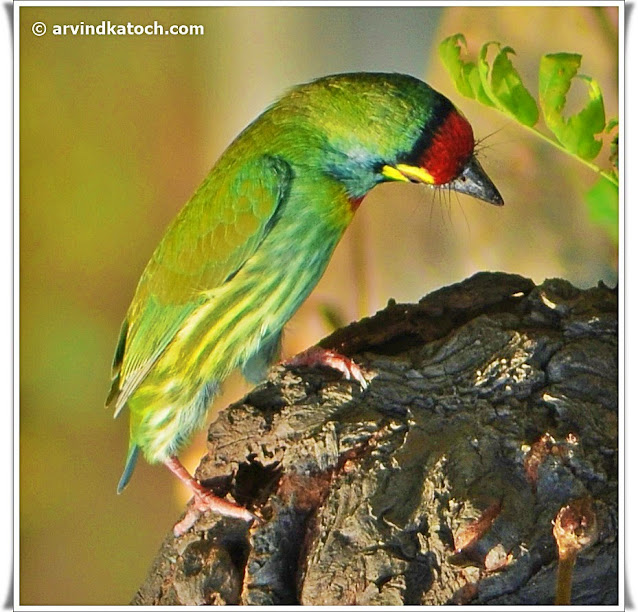


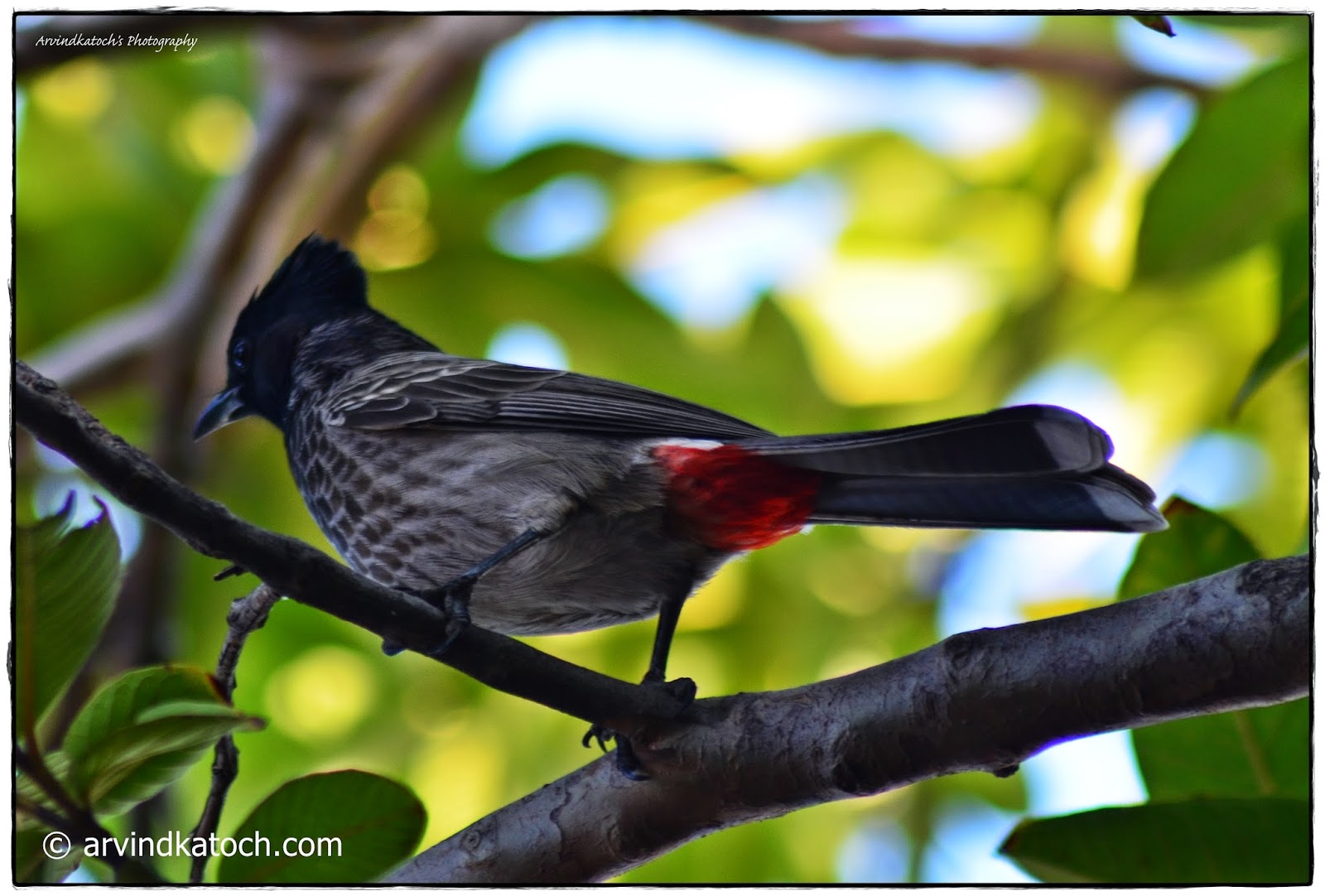

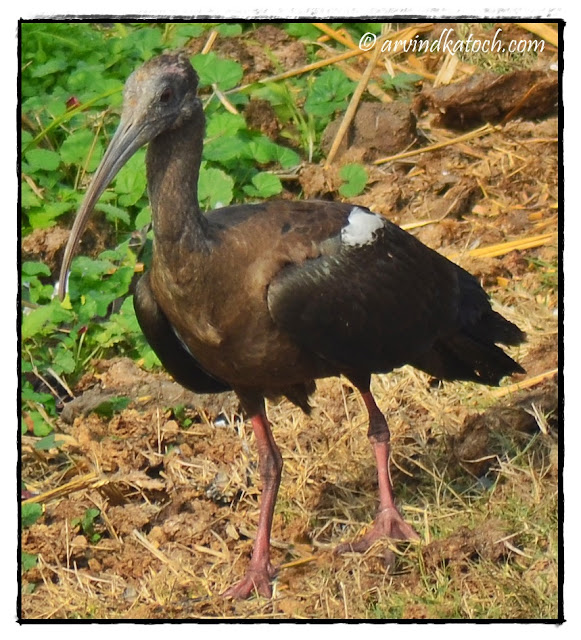


beautiful
ReplyDeletethanks
DeleteNice. My kids know babblers as Angry Birds, it is good to see someone reaching the same conclusion.
ReplyDeleteThanks, They are innocent birds always busy with themselves and also don't mind presence of humans.
DeleteDe r butiful birds n very very friendly. U can go pretty close to them. De r full of energy n always saying something to each other. I love these birds..... Lalit Belwal
ReplyDeleteDe r butiful birds n very very friendly. U can go pretty close to them. De r full of energy n always saying something to each other. I love these birds so much. I can't fathom, who called them angry birds. De r so nice indeed..... Lalit Belwal
ReplyDeleteYes, truly they are very nice and beautiful birds. I said them angry birds because they look similar to a bird in Angry bird movie and not because they have angry nature. Indeed Jungle Babblers are very friendly and joyful birds.
DeleteI want to know its local name.Thanks in advance.
ReplyDeleteJungle Babbler also known as Seven Sisters. Most of the time you will find in group of seven or so.
ReplyDelete